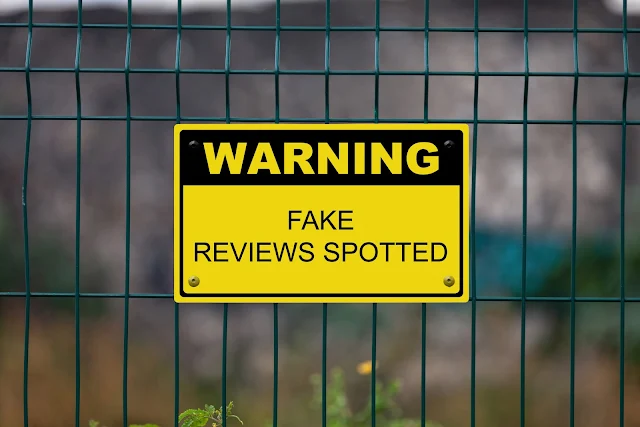In today's digital age, information is at our fingertips, literally. A simple Google search can provide us with a wealth of knowledge on any topic imaginable. However, with this abundance of information comes a growing concern: the proliferation of fake content. This is especially true on platforms like Google Maps, where users rely on reviews and ratings to make informed decisions about businesses and locations.
Fake content on Google Maps can take many forms, from fake reviews and ratings to inaccurate information about businesses and locations. This can have a significant impact on users, leading them to make poor decisions about where to go, what to buy, and who to trust.
Google's Fight Against Fake Content
Google is aware of the problem of fake content on its platforms and is taking steps to combat it. The company has implemented a number of measures to identify and remove fake content from Google Maps, including:
- Machine learning algorithms: Google uses machine learning algorithms to analyze user-generated content and identify patterns that may be indicative of fake content. For example, if a large number of negative reviews are posted about a business in a short period of time, Google's algorithms may flag those reviews for further investigation.
- Human reviewers: Google also employs a team of human reviewers who manually review flagged content. This allows Google to catch fake content that may be missed by machine learning algorithms.
- User reporting: Google encourages users to report fake content they encounter on the platform. This can be done by clicking on the three dots next to a piece of content and selecting "Report."
Protecting Yourself from Fake Content
While Google is taking steps to combat fake content, it is important for users to be aware of the problem and to take steps to protect themselves. Here are a few tips:
- Be skeptical of extreme reviews: If a business has a large number of either very positive or very negative reviews, be skeptical. It is possible that some of these reviews are fake.
- Read multiple reviews: Don't just base your decision on one or two reviews. Read a variety of reviews to get a more balanced perspective.
- Consider the source: Who is writing the review? Are they a verified Google Local Guide? Do they have a history of writing helpful reviews?
- Use your own judgment: Ultimately, you are the best judge of whether or not a review is fake. Use your common sense and trust your gut.
By being aware of the problem of fake content and taking steps to protect yourself, you can help to ensure that you are getting accurate information on Google Maps.

Comments
Post a Comment